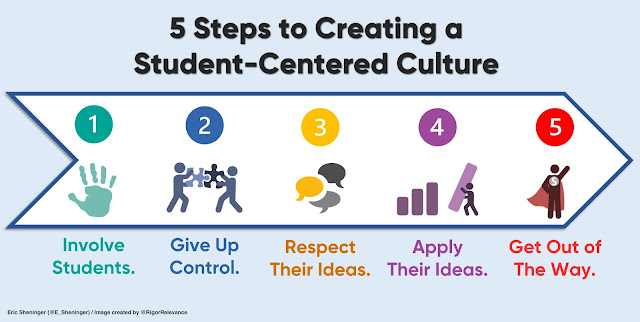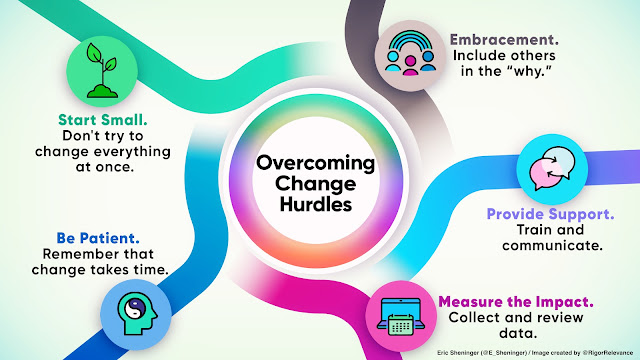In my early days as an administrator, I thought that a positive school culture was one where strict rules were created and consistently enforced to keep students focused on learning. I believed that the more control I could exert over the environment, the better the results. There was not much flexibility in terms of the structure of the day and what students were “allowed” to do. The end result was either compliance or outright defiance. Those who were compliant were celebrated, while those who were defiant were disciplined accordingly.
I can look back on this early time in my administrative career and see how naïve I was. I now realize that the most significant piece to the change and transformation process is our students. This most important stakeholder group is often left out of the conversation.
So what are the secrets to transforming school culture? Below are some ideas.
- Make it a student-centered process. The first step is to involve students in the process of creating a positive school culture. This means giving them a voice and a platform to share their ideas. It also means listening to their concerns and taking their feedback seriously.
- Give up control. This can be a difficult one for many administrators, but it is essential if we want to create a truly student-centered culture. We need to be willing to let go of some of our control and empower students to make decisions about their own learning.
- Respect their ideas. When students share their ideas, we need to take them seriously. We need to listen to their concerns and be open to new ways of doing things. We also need to be respectful of their opinions, even if we don't agree with them.
- Implement their ideas. Once we have listened to students and taken their feedback into account, we need to be willing to implement their ideas. This means making changes to our policies, procedures, and practices. It also means giving students the resources they need to make their ideas a reality.
- Get out of the way. Once we have implemented students' ideas, we need to get out of the way and let them take ownership of their learning. This means giving them the freedom to make mistakes and learn from them. It also means providing them with the support they need to succeed.
Transforming school culture is not easy, but it is possible. By following these steps, we can create a learning environment where students feel empowered and engaged. To gain deeper insight and strategies on how to make this a reality be sure to check out Digital Leadership and Disruptive Thinking.



